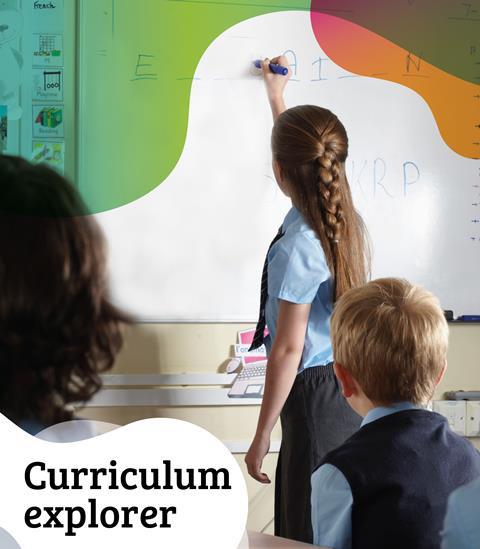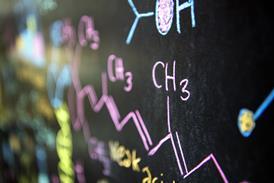All Practical skills and safety articles – Page 2
-
 Exhibition chemistry
Exhibition chemistryCreating a supersaturated gas evolving oscillator
Use this fizzy practical for a kinetic and thermodynamic showdown in class
-
 Project
ProjectNanoparticles in sunscreen challenge | Chemistry for All project | 14–16 years
Make your own sunscreen and determine its SPF using UV light transmission
-
 Project
ProjectHard water challenge | Chemistry for All project | 14–16 years
Investigate the relationship between the concentration of calcium ions and the ‘hardness’ of water
-
 Project
ProjectChemistry at the crime scene investigation | Chemistry for All project | 11–14 years
This forensic science project uses chemical analysis and observation skills to investigate a crime and solve the case
-
 Project
ProjectAnalysing the chemistry of food | Chemistry for All project | 14–16 years
Analyse food and drink samples using TLC, titration and visible absorption spectroscopy with this engaging project
-
 Resource
ResourceQuicksand investigation | 14–16 years
Discover the properties of non-Newtonian fluids and how these could help you escape from quicksand
-

-
 Resource
ResourceInvestigating the sugar content and pH of fizzy drinks | 11–14 years
Compare fizzy drinks’ ingredients, acidities and health implications
-
 Resource
ResourceSalt (for cooking) activities | 11–14 years
Uncover the properties and health implications of salt in our diets
-
 Resource
ResourceBaking investigation | 11–14 years
Discover the purpose of each ingredient and test methods used to make cupcakes
-
 Resource
ResourceCustard experiment | 11–14 years
Introduce your learners to Newtonian and non-Newtonian fluids as well as the explosive nature of powders
-
 Resource
ResourceEncapsulation experiment | 11–14 years
Investigate encapsulation and the role it plays in helping probiotics travel to the gut
-
 Resource
ResourceInfection | 11–14 years
Introduce your learners to infection and how to treat some infectious diseases
-
 Resource
ResourceInvestigating cold reactions | 11–14 years
Explore what is meant by ‘cold’ and the applications of endothermic reactions
-
 Resource
ResourceExtracting DNA experiment | 11–14 years
Remove and compare genetic material in different plant cells
-
 Resource
ResourceEmulsifiers in cleaning | 11–14 years
Investigate and explain what emulsions are and their applications in cleaning
-
 Resource
ResourceThe preparation of 2-hydroxybenzoic acid | 16–18 years
Heat, react, convert and separate oil of wintergreen to create 2-hydroxybenzoic acid. Includes kit list and safety instructions
-
 CPD article
CPD articleHow to teach quantitative chemistry at post-16
Use these tips to help your students successfully calculate reacting masses and limiting agents
-
 Class experiment
Class experimentAcid–base back titration | 16–18 years
Write balanced equations and calculate reacting masses and moles to find the limiting reagent
-
 Exhibition chemistry
Exhibition chemistryDemonstrate intermolecular forces with colourful separations
Layer intermolecular interactions into your practical lessons with these chromatic experiments











